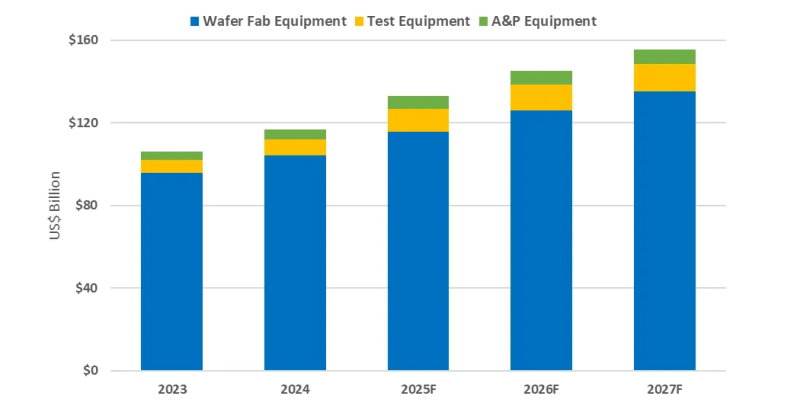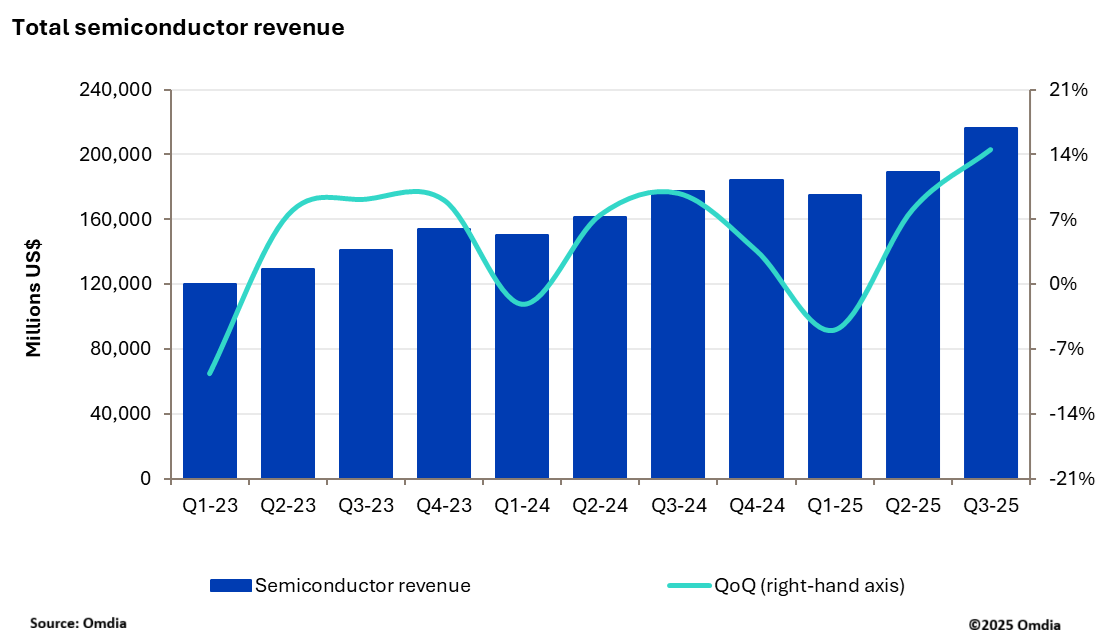As America’s semiconductor ecosystem expands in the years ahead, so too will its demand for semiconductor workers with the skills, training, and education needed in the highly innovative semiconductor industry. To address the challenges and opportunities associated with developing a skilled semiconductor workforce, SIA on July 25 convened a Workforce Development and Education Roundtable at its headquarters in Washington, D.C. The event drew approximately 100 leaders in industry, government, education, labor unions, and defense from across the U.S. As part of the event, SIA released its latest report, “Chipping Away: Assessing and Addressing the Labor Market Gap Facing the U.S. Semiconductor Industry”, which quantifies the shortages of skilled workers facing the semiconductor industry and the entire U.S. economy.
The event consisted of keynote remarks from the Undersecretary of Commerce for Standards and Technology, Dr. Laurie Locascio; the Director of the CHIPS R&D Program, Dr. Lora Weiss; and the Assistant Director of the National Science Foundation for the Technology, Innovation, and Partnerships Directorate, Dr. Erwin Gianchandani. Additionally, the event featured a panel discussion to explore the myriad programs that exist across the federal government—at the Departments of Defense, Commerce, and Energy, as well as at the National Science Foundation—that may be leveraged to support technical workforce development (including opportunities for veterans re-entering the civilian workforce). The event concluded with breakout roundtable discussions on building a rapid trajectory for the growing manufacturing workforce, strengthening innovation workforce pipelines, and improving access and retention for global semiconductor talent.
Those in attendance underscored that workforce need exists across all levels of education—from community college programs to post-graduate degrees. There is need for skilled workers in technician and engineering roles to operate state-of-the-art fabrication facilities (fabs) as well as to support the development of engineering and computer science talent for innovation and R&D in semiconductor design and manufacturing. In order to meet this task for the industry, both short-term strategies and long-term solutions are needed.
Additionally, attendees highlighted the importance of advancing workforce development through partnerships between government, industry, and academia. The most effective programs will be informed by specific industry needs and coupled with the know-how of community colleges and universities. Government has a central role to play in supporting and facilitating development of programs. This roundtable initiated critical discussion and partnerships between a diverse cohort of constituents who will be needed to accelerate workforce development efforts. The semiconductor industry has a long history of successful workforce development programs and partnerships, which will continue to expand to meet the need in the coming years.
An uncontested insight from the event: workforce development is—and will continue to be—critical to the success of the CHIPS Act and America’s leadership in microelectronics. Sustained interventions and initiatives are needed to meet this challenge.
Stay up to date with the latest in industry offers by subscribing us. Our newsletter is your key to receiving expert tips.

Worldwide semiconductor equipment sales are projected to grow 13.7 percent in 2025, reaching a record 133 billion dollars, Semi announced at Semicon Japan. This momentum is expected to continue throug

The smartphone industry is facing considerable cost challenges in 2026 amid ongoing memory supply shortages and rising prices. This situation is expected to lead to a 1.6% decrease in annual shipments

New research from Omdia shows that the semiconductor market delivered a record breaking performance in 3Q25 with industry revenue reaching $216.3bn, up 14.5% quarter-over-quarter (QoQ). This marks the